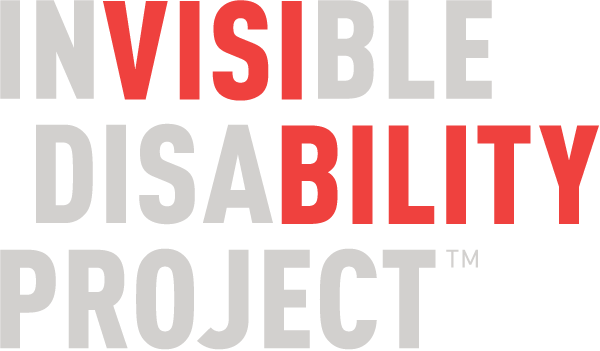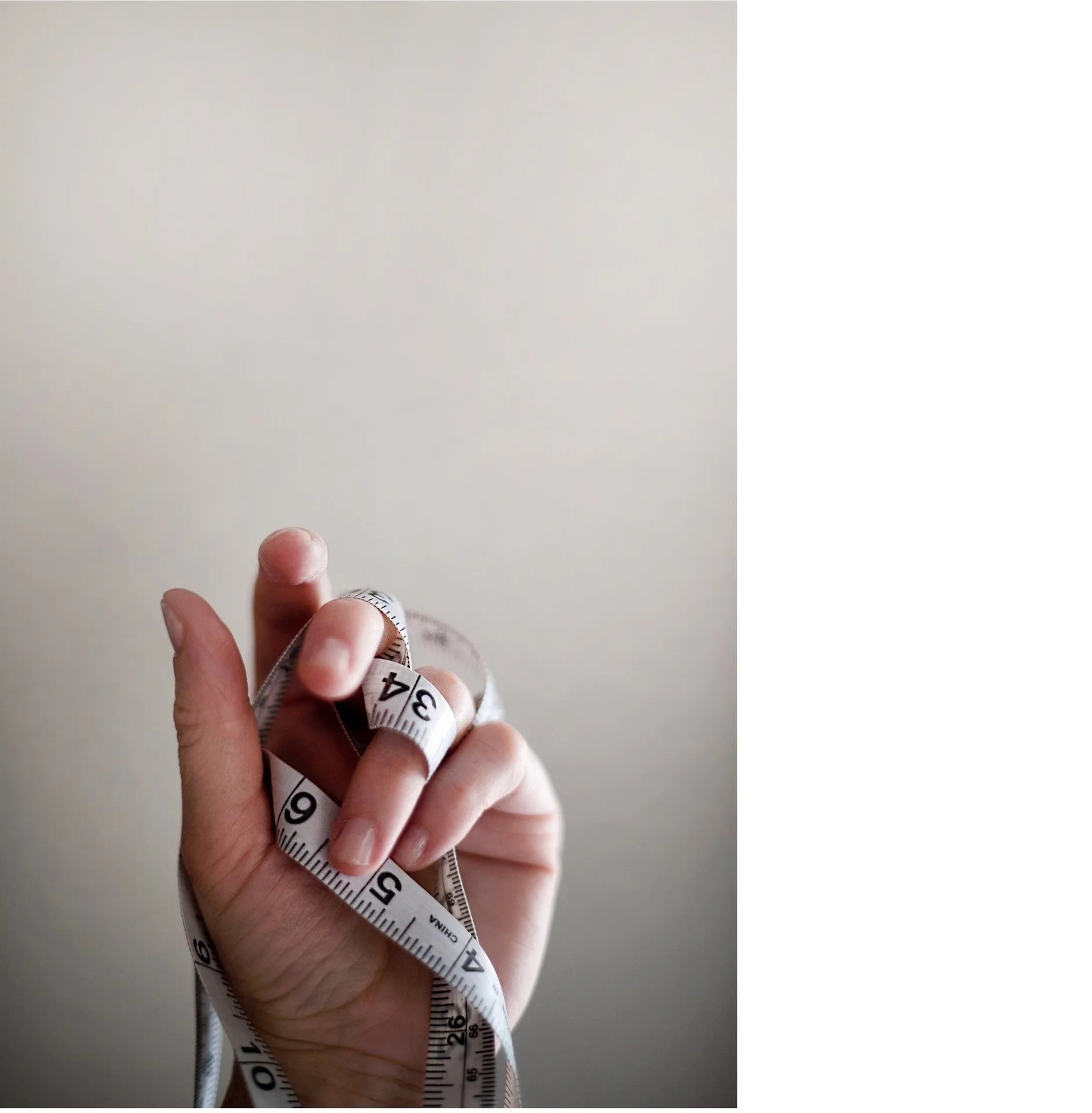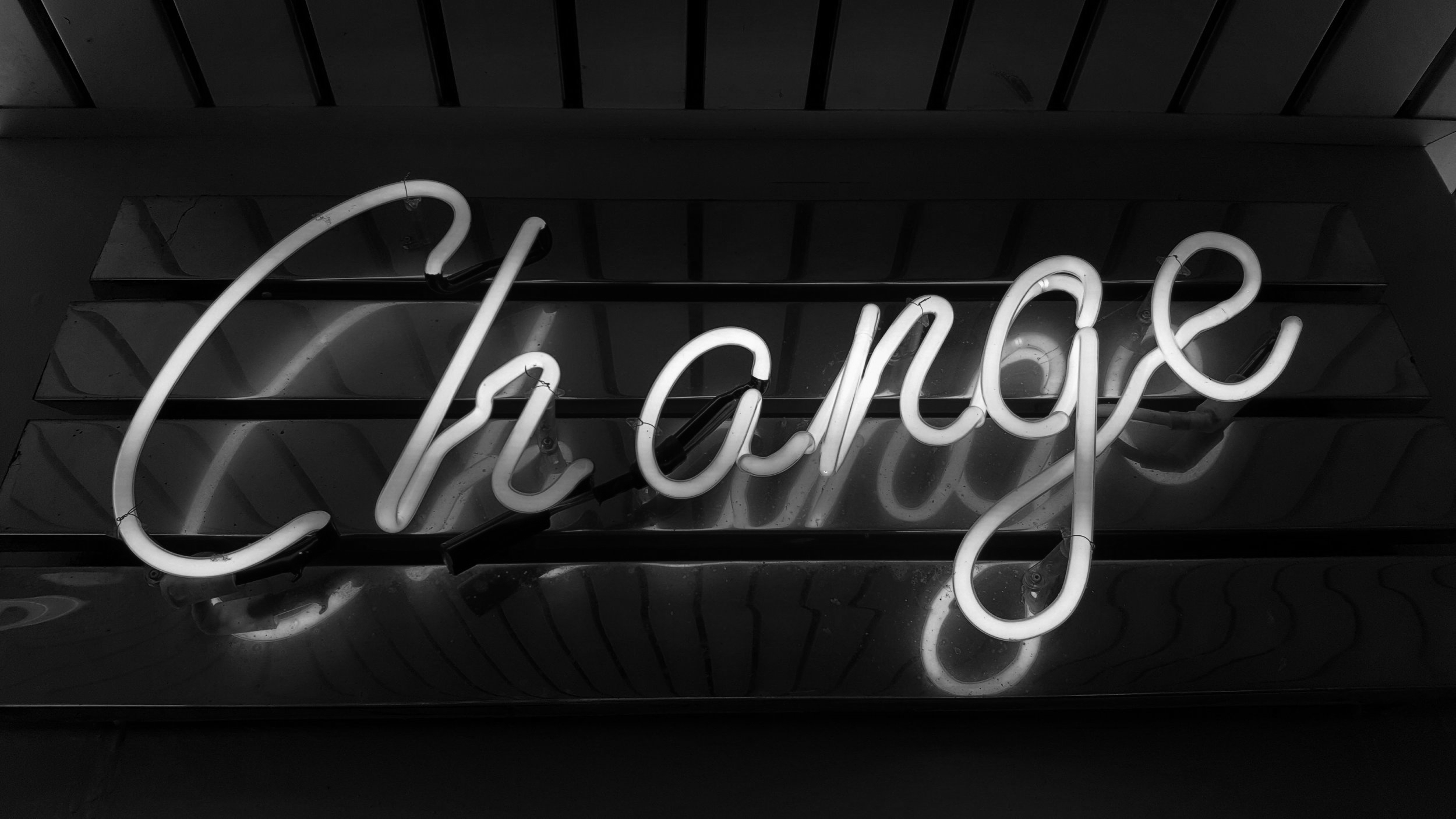Eating Disorders Futures: Notes Toward A Model of Interdependent Treatment
Monotone image of a hospital room with a large curtained window and two beds.
By Amy Gaeta
Featured Guest Author
The first doctor I told about my eating disorder just replied by saying, “We need to do a blood test to see what you’ve done to yourself.” The second doctor simply said, “That explains your BMI.” The third doctor, my then long-term therapist, told me, “I’m not trained in dealing with eating disorders.” I never got to the fourth doctor because I realized these types of replies were in contradiction to my healing. What connects these scenes of disclosure is the consistent focus on my choices, on my problem, on my body, all while ignoring my voice. By sharing this, I hope to highlight the limits of current medical approaches to treating eating disorders. The major limitation is that eating disorders are too frequently treated as individual problems that exist within ones bodymind. The aim of this essay is to start a conversation, one that imagines a new model of treatment for eating disorders based on access and the social model of disability.
“What connects these scenes of disclosure is the consistent focus on my choices, on my problem, on my body, all while ignoring my voice.”
— Amy Gaeta
While I am not trained in medicine or psychology, I do have a background in disability studies and rights activism, and this background serves at my guiding compass for charting out this new model of care. This current essay is a follow up to my previous essay published by the Invisible Disability Project, in which I argued that eating disorders should be understood for what they are, disabilities, not diet or personal choices. Furthermore, I addressed the stereotypical image of eating disorders and instead claimed that they are not about food, the perfect body, thinness, or perfection. There is no single “thing” that causes eating disorders, or one single thing that they are “about,” such as someone wanting to look like a model. Instead, “eating disorder” is a term used to refer to a wide range of types of relationships someone has with food that differs from the social and medical norm to the point where the relationship negative affect one’s bodymind health.
The words eating disorder and disability rarely appear in the same sentence, and this omission is quite alarming when it comes to eating disorder management and treatment. When eating disorders are framed as disabilities, then what we can begin to leverage are the legal and social rights to access that pertain to eating disorders. Here, I am using disability as it is understood within the social model of disability. In this model, the emphasis is placed on the social structures and attitudes that prevent one from accessing certain spaces and using their bodymind in certain ways.
In a social model, we would ask questions such as how the stigma around eating disorder prevents people from speaking up or how socially obligated meals do not comfortably allow for people with non-normative eating habits to attend. It is my hope that in a social model framework, both patients and doctors would ask, “how can I help you?” not “you need help.” To be clear, the social model of disability is not a refusal of medicine or of the bodymind pain that often comes with disabilities. We who support a social model of disability support a holistic approach to disability that respects how medical, political, social, and individual factors come into play in the production of disability as an experience and identity. To position eating disorders as disabilities opens up new avenues of treatment options and perspectives, and there will be gestured toward at the end of this essay.
Discussions of eating disorders often target the ways that media outlets project limited ideas of beauty and idealize a perfect body as necessary for happiness, and overall medical professionals are keenly aware that social and cultural factors impact one’s mental health and habits. Despite this, treatment usually takes two paths depending on the extent of the eating disorder. It either remains the job of the individual to carry out their treatment or their individuality is stripped, and treatment is forced upon them. In both cases, their voice is largely ignored. The eating disorder becomes located within them, solely within them. Hence, medical approaches to eating disorders often embody the medical model of disability and, in a related vein, these approaches emphasize individual actions and changes one must take in their treatment.
The eating disorder becomes located within them, solely within them.
The NEDA (National Eating Disorder Association) outlines the 3 major steps that medical professionals advise for eating disorder treatment: 1.) Physical recovery: Addressing and attempting to reverse the immediate health effects, including restoring weight, managing electrolyte and hormone levels, and any other conditions that resulted from the eating disorder. 2.) Behavioral recovery: Changing one’s eating, digestion, and exercise habits, and 3.) Psychological recovery: Working through the emotional and mental causes and effects of someone’s eating disorder, which includes body image, trauma, and any-related mood disorders (NEDA).
In this step by step process, we can identify how it targets the body, mind, and emotions, but what about the social or the way all these aspects are entangled? In addition, all of these steps are accompanied by close monitoring of one’s diet and nutritional profile. A hyper-focus on someone’s diet and eating habits misses the wider social framework eating disorders exist within. How do these diets and habits emerge and persist? Why do some diets become normalized and others marked as “disorders”? Do stigmas about “eating healthy” as a moral good actually motivate eating disorder tendencies by shaming some foods in favor of others?
When I attempted the prescribed typical treatment pattern, a nutritionist suggested a popular self-help book used in eating disorder treatment, Life Without ED: How One Woman Declared Independence from Her Eating Disorder and How You Can Too by Jenni Schaefer. The book positions eating disorders as personality disorders; people with eating disorders are living with another self, “Ed” who they must try to ignore and shake off to find their true selves. Perhaps this book has helped people, and for them, I am glad. Yet, what concerns me here is that I was given this book that framed eating disorders as a personality responsibility and this same book suggested it is just some invader that can be cast out through will power and self- reflection. This idea of an eating disorder as a split personality disorder implies that people with eating disorders cannot be trusted but yet must take control of their situation. Is “Ed” the real problem, or rather the only problem? These expectations, that the one with the eating disorder is facing only an internal battle, prevents us from considering how factors outside the bodymind impact someone experiences an eating disorder. Indeed, I do attest that many times I knowingly made decisions that hurt me rather than helped me, including lying to friends in order to skip meals and practicing extreme calorie restriction. But, also, why do I feel the need to lie? Where is this shame coming from? How is my ability to express my diet and body habits being suppressed? If I did not feel shame for my eating habits, then perhaps I would not have hidden them, and myself, for so long.
By promoting the social model, I am not casting off the need for medical professionals and their knowledge. My bodymind will not allow me to ever think or feel of a world without pain; our bodies need care. To put this another way, criticizing current eating disorder treatment is not about denying the embodied experience of eating disorders that often requires medical attention. Instead, my criticisms are borne from the belief that the current prevailing treatment methods require more attention to patient needs, knowledge, and the surrounding social environment. Instead of just turning to dated case studies and medical books, doctors should be asking their patients how their surrounding world needs to change in order for them to survive within it. Even if the person with the eating disorder “cannot be trusted,” the now-famous disability rights slogan holds true: “Nothing about us, without us.” We need to incorporate the voices of people with disorders within treatment models to address matters of accessibility.
My bodymind will not allow me to ever think or feel of a world without pain; our bodies need care.
Access is not a synonym for easy. Access is a process of ensuring that no barriers exist that may prevent someone from physically or conceptually moving forward. How can someone heal when the world remains inaccessible to people with eating disorders? When calorie counts are posted on restaurant menus when it is figured as “polite” to comment on someone’s body image, and communal eating is deemed as a social obligation? Changing eating disorder treatment outcomes begins with access, which requires that we confront the deep-rooted stigmas and stereotypes surrounding eating disorders.
By writing these propositions for a new model of eating disorder treatment, I have realized the foremost benefit of a disability framework: the linkage between pride and interdependence. Many people with eating disorders have an uncomfortable relationship with their bodymind, whether their hips be “too big,” low self-esteem, or their food habits “high maintenance.” Nothing has been more healing for me than getting involved with disability studies and activism. Disability pride is not simply loving your bodymind, it is trying to love it within a framework of interdependency. Self-love is hard. We cannot do it alone because everything ableist force in the world is working against us loving ourselves fully.
While drafting this essay, I’ve kept in mind that the word essay means “to try” in French. I have written these words with all my effort to express what my bodymind needs and has needed while healing and managing my history of eating disorders. What has made this so difficult is the quest for perfection, an ableist fantasy that refuses the radically messy nature of bodyminds and how entangled we all are with one another. So, I misguidedly strove toward perfection rather than strive toward coming to terms with my own self-love and acceptance. Moreover, I kept thinking about individual needs, forgetting that needs are not realizable without collective efforts to increase visibility and to create accessible environments for people with eating disorder. Then, the healing can begin.
THE AUTHOR
AMY GAETA
Amy Gaeta is a Ph.D. candidate in the Literary Studies and Visual Cultures (doctoral minor) programs at the University of Wisconsin-Madison. Her work focuses on textual and photographic images of militarism and normative conceptions of health circulating around the global “War on Terror.” Amy arranges aspects of disability studies, visual culture studies, and feminist science studies to question the ethics of spectatorship, the possibilities of fantasy, and alternative modes of agency within the global surveillance state.
WORK CITED
Clare, Eli. Exile and Pride: Disability, Queerness, and Liberation. Duke University Press, 1999.Schaefer, Jenni, and Thom Rutledge. Life without Ed: How One Woman Declared Independence from her Eating Disorder and How You Can Too. New York, NY: McGraw-Hill, 2004.
Shakespeare, Tom. "The Social Model of Disability." The Disability Studies Reader 2nd Edition (2006): 197-2014 "Treatment." National Eating Disorders Association. N. p., 2017. Web. 1 Apr. 2019.
Price, Margaret. “The Bodymind Problem and the Possibilities of Pain.” Hypatia 30.1 (2015): 268-84.
GLOSSARY
Accessibility: Accessibility refers to the experience of a person utilizing services, programs, technologies, physical spaces, and communicating without confronting barriers that do not accommodate their bodymind. Examples of accommodations to promote access include ramps, closed captioning, alternative food choices, and a socially inclusive environment without explicit stigma.
Bodymind: Bodymind is a term used to suggest how physical and mental experiences inform one another. In sum, bodymind is a challenge to the classic mind over body split, known as Cartesian dualism in Western philosophy. The concept of the bodymind is built off the notions that “mental and physical processes not only affect each other but also give rise to each other—that is, because they tend to act as one, even though they are conventionally understood as two” (Price 269). “Bodymind” is used throughout this essay because I argue for a more complex understanding of disability and access that accounts for the ways our bodies and minds can be at odds with one another and the ways that mental health affects physical health and vice versa.
Eating Disorder: Eating disorders are impairments that affect one’s perception of food, diet, their body image, and nutrition. There are a wide variety of eating disorders, including over-eating and bulimia. There is no single cause of eating disorders, as they arise from a mix of social, cultural, nutritional, and hereditary factors that eventually affect someone’s eating habits.
Impairment: An impairment is a physical and/or mental difference from a historically and culturally contingent understanding of a normal bodymind. When one’s impairments result in their being socially affected, then they are “disabled.” One might say disability is a political-social experience and impairment is a physical-mental state. See the “Medical Model of Disability” and “Social Model of Disability” for further clarification.
Medical Model of Disability: The medical model of disability (MMD) understands disability as resulting from an individual person’s physical or cognitive limitations, and thus is largely unaffected by societal circumstances. The MMD disadvantages the experience and circumstances of all disabilities within this model, by implicitly framing the individual as a “problem to be solved” through medical intervention.
Social Model of Disability: The social model of disability (SMD) views disability as the product of discursive, cultural, and societal factors, which benefits the individual by de-centering their body and mind to instead consider how societal barriers and norms prevent full access and participation for differently abled-bodies. The person with the impairment is not the “problem,” it is the larger societal norms that cannot accommodate their bodymind difference from the Western construction of a “normal” able-body and mind. For more information on these models of disability see Tom Shakespeare (2006) and Eli Clare (1999).







